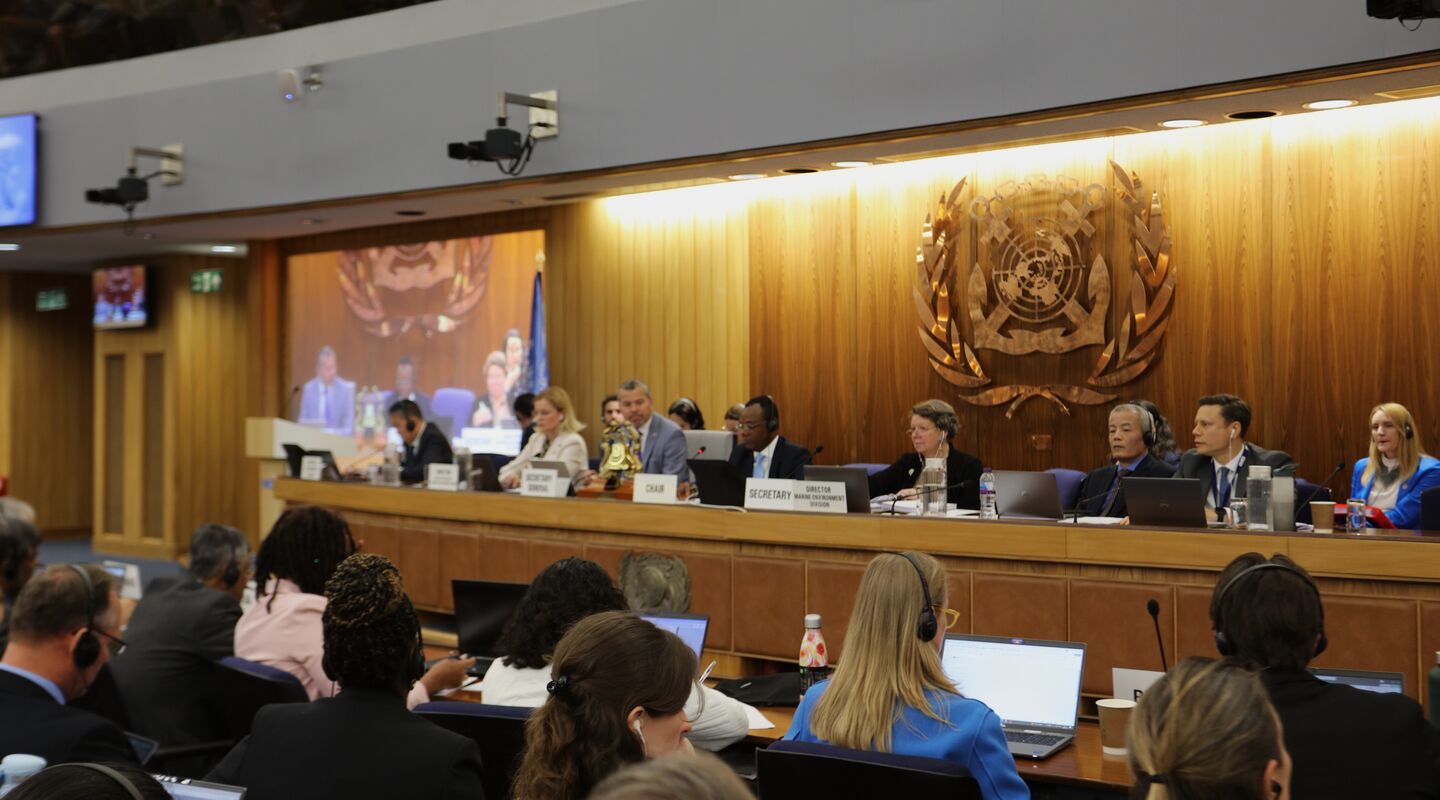Wallenius Wilhelmsen on IMO’s newly agreed climate deal for global shipping
An agreement was reached in London earlier this month on how the shipping industry should decarbonize. The agreement includes a global fuel standard and a pricing mechanism for greenhouse gas emissions. Here is Wallenius Wilhelmsen’s response to the agreement.

After nearly two years of deliberations, the 83rd session of the IMO’s Marine Environment Protection Committee (MEPC83) was scheduled to lock in mid-term measures to deliver on the IMO’s historic net-zero strategy from 2023.
With member states and stakeholders having proposed a variety of different technical and economic measures, negotiations proved difficult, but by Friday, a compromise agreement received support from a clear majority of delegates.
A tiered global fuel standard from 2028
The main mechanism that is set to be introduced is a limit on the GHG intensity of fuels, which declines over time. Compliance levels have been specified for 2028-2035.
The IMO also introduces an economic mechanism where non-compliant ships will have to pay a fine. So, in simple terms, it puts a price on carbon emissions.
If a ship is “over-compliant”, the ships will earn credit. These so-called remedial or surplus units can be transferred or traded. The initial price for units above the “direct compliance” target (Tier 1) is set to $100, while $380 above the “base” target (Tier 2).
The money collected will be administered by a fund under the IMO and used for several support schemes. The precise detail of the fund is yet to be agreed. Ships operating on zero or near-zero fuels or technologies will be eligible for rewards.
Final approval in October
Formally, the measures will take the form of an amendment to MARPOL Annex VI and will need to be finally approved at an extraordinary session of the MEPC in October 2025.
If approved, the regulations will come into effect from 2028.
What does this mean for Wallenius Wilhelmsen?
Wallenius Wilhelmsen welcomes the agreement as historic and as a deal that brings important clarity.
It builds on the Green Balance Mechanism, which we have supported, putting a price on emissions and encouraging the use of alternative fuels.
“I am pleased that IMO managed to land an agreement. That is a breakthrough for our industry, and I believe this creates a good framework to work from,” Lasse Kristoffersen, CEO, comments.
“But the agreement and ambition level are nowhere near being good enough to deliver on the fast decarbonization needed. For us, this means that it is more important than ever to keep the foot on the accelerator towards net-zero 2040."CEO
In practical terms, the new regulations mean Wallenius Wilhelmsen will have to start developing compliance strategies for our vessels, in combination with our existing plans for increased use of low carbon fuels.
Our existing plan for phasing in more alternative fuel is already aligned with Wallenius Wilhelmsen’s net-zero by 2040 ambition, which is more ambitious than the new IMO regulation.
IMO regulations come in addition to existing EU regulations and will increase complexity overall.
Image credit: International Maritime Organization


